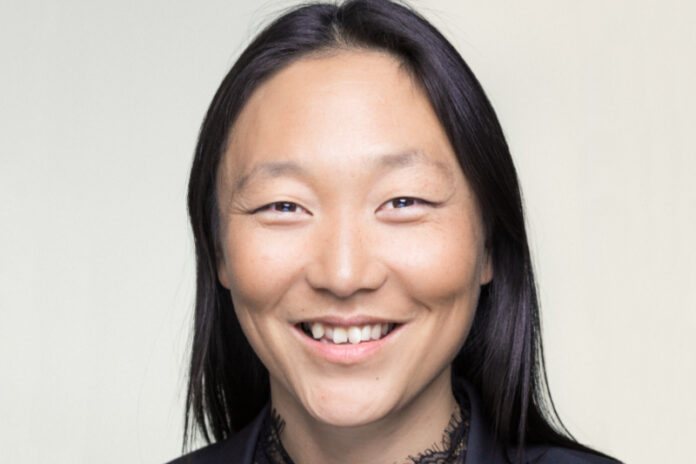Caring for elderly parents is no easy feat. There are many considerations to account for, such as the safety of their home environment, their physical and mental well-being, and the community they are surrounded by. The struggle for many individuals caring for elderly parents is finding a balance between the health and safety of their parents, while still providing them the independence to lead a fulfilling life.
With the elderly population in Singapore expected to grow to a third of its overall population, many families are faced with the same dilemma. These concerns are further amplified, with an estimate of 83,000 elderly residents living alone by 2030. One can only imagine the incidents that may occur when seniors are on their own, from a fatal fall that can have dire consequences, to a cold that could deteriorate their health if left untreated. What’s worse is that many seniors suffer in silence with these injuries before they receive medical attention.
The escalating challenges for seniors in Singapore
Beyond the potential risks faced by elderly residents living alone, there are more urgent matters, such as the alarming number of seniors with dementia that require immediate attention. In Singapore alone, one in 10 seniors aged 60 and above suffer from dementia, resulting in difficulty with their memory, comprehension, judgement, and thinking. This – with the added difficulty of their age and health – will only add further complexity to their day-to-day tasks.
Going for a walk in their neighbourhood park could escalate into a dangerous situation if they take the wrong route and have difficulty finding their way home. Recent events have shown us how dementia patients can easily go missing despite the supervision of trained professionals. This illustrates the importance of raising awareness of dementia, and increasing support for persons with dementia as well as their caregivers.
While there have been initiatives in Singapore to assist the elderly, more needs to be done to provide round-the-clock care for seniors who are suffering from such serious illnesses. This is where video technology has the potential to provide safety and security for elderly residents, while allowing them to live comfortably in their homes.
Today, video technology has various applications that go beyond safety and security. At the height of the pandemic, video technology, paired with thermal imaging cameras, was indispensable in managing crowds and critical to the reopening of businesses. Video technology was also used for children to continue their education from home. These uses show the capabilities of video technology, in empowering visibility and transforming processes for the better.
How video technology is transforming elderly care
Similarly in healthcare, caregivers and doctors are sourcing technologies that provide increased visibility. Video management systems (VMS) provide a network of connected cameras that ensure the continuous monitoring of seniors living alone. With the right setup, these technologies have the potential to help seniors beyond just security and safety.
One example of how video technology is being used to help elderly residents is in IDeAL@115, an assisted living facility equipped with VMS and smart capabilities to empower elderly residents to live independently in a safe and secure environment. Besides monitoring capabilities, the technology also prioritises the anonymity of its elderly residents by integrating privacy masking software to protect their identities.
The system is designed with senior residents in mind, with built-in capabilities such as:
- Immediate emergency response: Monitoring software, combined with high-resolution video cameras and sound sensors, provide accurate and efficient monitoring capabilities. Residents can roam the facilities freely without the supervision of a caregiver.
- Remote healthcare services: Because of the inconveniences of travel and transport, many seniors are burdened by the idea of leaving their homes to go for a doctor’s visit. With that in mind, the built-in telehealth rooms provide convenience and comfort for the residents. They can depend on round-the-clock expertise from general practitioners, polyclinics, counsellors, and occupational therapists in Singapore.
- Engagement tools and facilities: Staying social is also an important factor in the well-being of the elderly. Since the pandemic, more than 10,000 seniors reported feeling socially disconnected with no friends or family to confide in. This illustrates the need to proactively involve seniors in community activities. Activity rooms provide a safe space for elderly residents with common interests to gather and socialise with one another.
- Privacy masking software: As an added precaution, the VMS open platform is equipped with privacy masking software to protect the identities of the elderly residents. The technology uses silhouettes instead of the live images of the residents to facilitate privacy-sensitive monitoring and absolute personal data protection. It extracts only metadata from video footage that is crucial in identifying patients who are in distress, whilst censoring the patient’s physical appearance.
Successful ageing is a community effort
Today, we are seeing increasing applications of the responsible use of technology in healthcare. VMS supports thousands of cameras from virtually anywhere on the enterprise network to monitor healthcare facilities. With such advanced technologies, there will be less manpower required to manage access to critical facilities such as intensive care units.
Besides managing security, VMS has also proven its effectiveness in observing safety throughout the pandemic. VMS, coupled with thermal and infrared capabilities, is able to monitor, identify, test, and – if needed – isolate unwell individuals to mitigate the risk of spreading the disease. This is especially helpful for highly populated areas such as waiting rooms in hospitals, where crowd management is pivotal to national safety.
These uses of video technology have displayed the key benefits of implementing such technologies in our everyday lives. With added capabilities such as data analytics and facial recognition, video can provide a smart and cost-effective solution to elderly care.
Together with the government and local grassroots support, we can co-create innovative solutions that will enhance the quality of life for the ageing population. Let’s move from human-centred design to humanity-centred design.
















